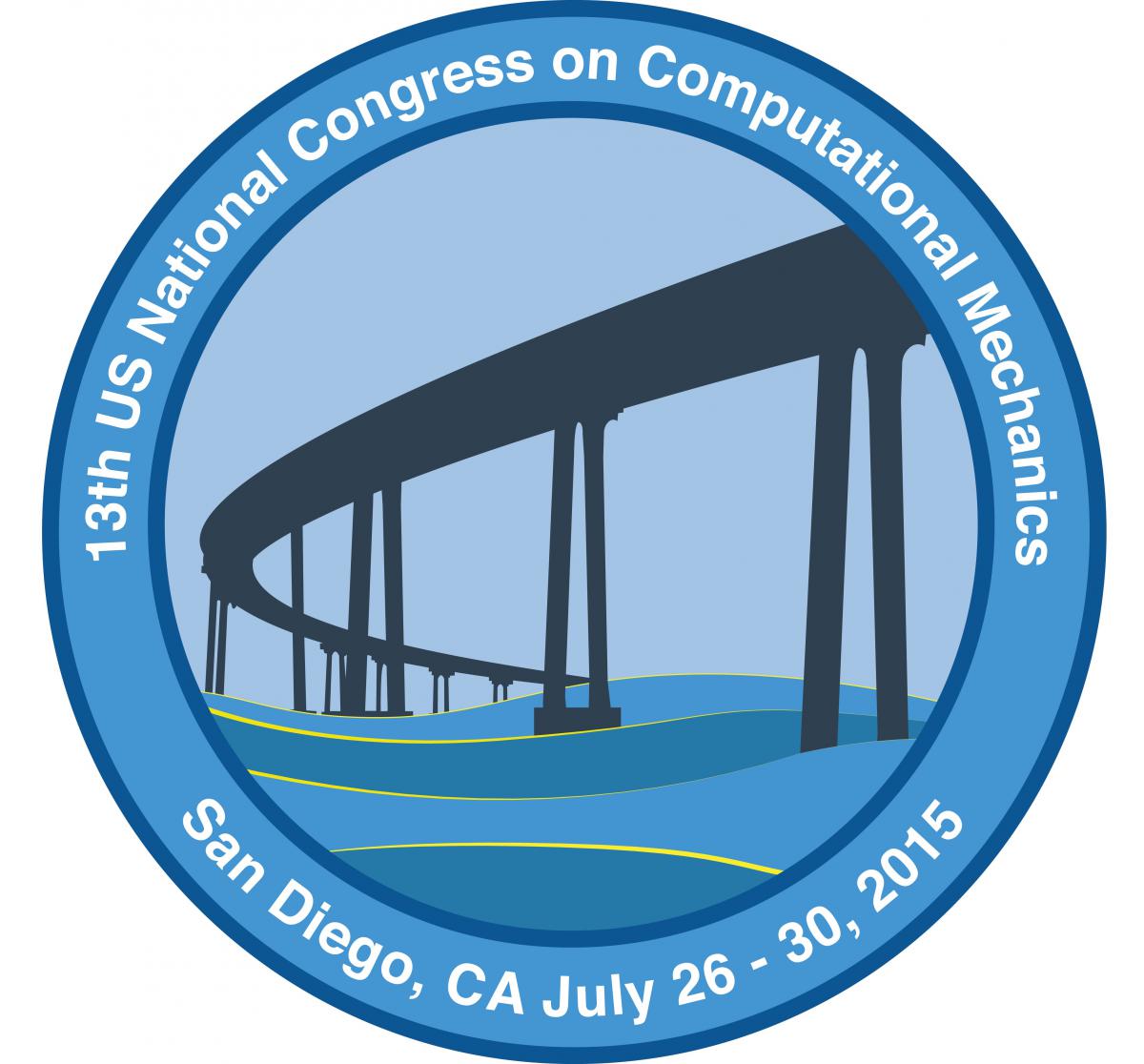Large Eddy and Direct Numerical Simulations with Geophysical Applications
Over the past three decades LES and DNS have gained popularity for geophysical flow applications. Early applications of LES of atmospheric and oceanic boundary layers (ABL and OBL) were performed with the goal of obtaining improved understanding of the role of turbulence in vertical mixing and transport of momentum and scalars. These simulations have ultimately served to provide databases for the development and/or calibration of turbulence parameterizations suitable for coarse scale solvers of the larger scale, atmospheric and oceanic general circulations based on the Reynolds-averaged Navier-Stokes equations. Advances in interface tracking and interface capturing numerical techniques has led to DNS of scales on the order of centimeters with resolution of molecular sublayers on the air and water sides in order to gain understanding of gas transfer and temperature variations across the air-water interface. DNS and LES have also been applied to laboratory-scale geophysical flows in order to elucidate, for example, the turbulence structure and interactions with other competing mechanisms such as stable stratification and associated internal waves, as well as interactions with bottom topography. More recently, as computational resources have become more accessible, LES has been applied to resolve oceanic submesoscales eddies with horizontal length scale of tens of kilometers and their important interactions with smaller scale turbulence, in particular as they relate to surface dispersion and near-surface vertical mixing. Traditionally, LES and DNS of geophysical flows have been performed with high order discretization schemes such as pseudo spectral methods. However, with the development of advanced fluid-structure interaction solvers at the scales of LES and their increased applications to wind and tidal energy-related flows, there is new demand for accurate representation of the ABL and OBL turbulence by these solvers, which are often of relative low order accuracy. This mini-symposium will serve as a forum to share ideas and experiences in LES and DNS of geophysical flows, highlighting the underlying turbulent processes and the necessary numerical discretization and subgrid-scale modeling techniques.





